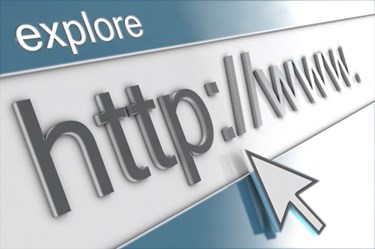Put Away The Checkbook, It's Time To Pay The Doctor Online
By Kevin Lathrop, TriZetto Provider Solutions

When was the last time you used a check to pay for anything? I can’t remember the last time I used a paper check. Was it five or 10 years ago? I’m not entirely sure. But one place checks are still in use is at your doctor’s office. And it has to stop. Really. What was once a convenient payment method is now antiquated and should be retired as digital payments have become ubiquitous and secure.
A Lifetime Ago
Eleven years is several lifetimes in the digital age so it comes as no surprise that back in 2007 Pew Research reported that only 28 percent of adults paid monthly bills online or by electronic payment even though digital options were available. At the time, 54 percent of adults still used paper checks to pay bills. (I can’t remember the last time I saw a check, let alone a checkbook!) Now, online payments have become the norm: “Bills paid via mail declines with each younger generation—down to 15 percent for millennials, while online bills as a percentage of total bills increases with younger generations: Millennials at 61 percent, Gen Xers at 60 percent, baby boomers at 52 percent and seniors at 42 percent.”
Altogether, approximately 8.2 billion bills—or 56 percent of all bills—were paid digitally in 2016. And checks? They’re still around but their use continues to fade with a decline of 20 percent between 2010 and 2016.
So what’s the deal with online payments and healthcare providers? We’re all shopping and paying online for everything from groceries to cars. The big deal is that doctors have been slow to make the digital transition. Only 20 percent of doctors’ offices are ready for any type of payment beyond check, cash or credit card.
The good thing is that 87 percent of providers want to implement online and mobile payments. Which is a positive development because more and more patients are responsible for more and more of their healthcare bill, which includes co-pays, deductibles, prescriptions and over-the-counter medications. So capturing payment at the time of treatment has become critical for the long-term success of healthcare providers.
Medical costs, of course, are just one part of an overall household budget, which likely includes rent or mortgage payments, food, utilities and other living expenses. As Maslow tells us, our most profound needs must be satisfied before we can move on to more enlightened endeavors. His concept plays out daily in the healthcare world: While medical care is a need we all have, paying for the care we receive often gets pushed aside to make way for other more immediate needs, like paying for food and shelter. In fact, 30 percent of patients leave the doctor’s office without paying.
One way healthcare providers can move to the top of the payment list (or the bottom if we look at it from Maslow’s point of view) is by offering a point-of-service mobile and online payment options. As I’ve mentioned before, many people, especially Millennials, not only want these payment options, but expect them.
Digital payment methods exist, it’s just a matter of incorporating them into the medical practice’s revenue cycle workflow. Adding digital payments will be a challenge, in part, because of the many IT systems used by healthcare providers. Many of these systems don’t “talk,” and it’s critical that they do to ensure payment information is added to the financial workflow.
Nevertheless, the integration must be seamless to be successful both for those in healthcare and healthcare consumers. Getting paid quickly is all about making it easy and fast. Making it easy and fast—for everyone involved—is all about going digital.
About The Author
Kevin Lathrop is president of TriZetto Providers Solutions, which provides revenue cycle management systems to providers.
